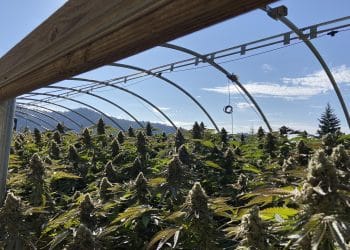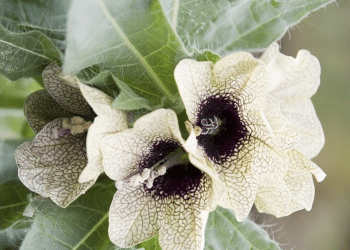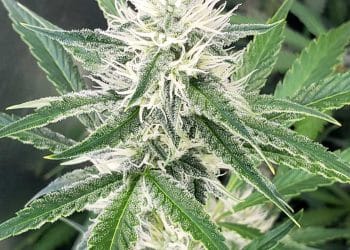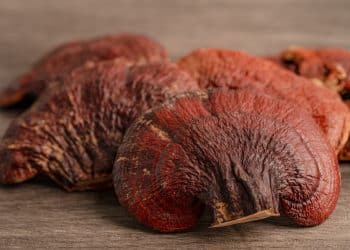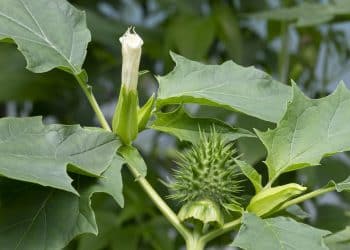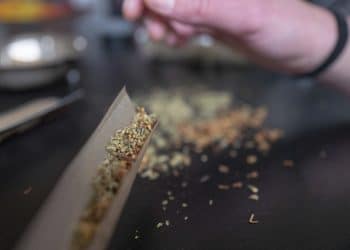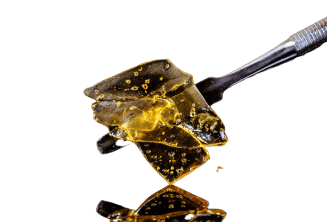Search for cannabidiol (CBD) products online or at your local dispensary and you will likely encounter the terms “full-spectrum” and “broad-spectrum.” They sound like marketing buzzwords, an attempt by CBD companies to boost their sales. However, in the world of CBD products, full- and broad-spectrum are distinct.
Full-Spectrum
Full-spectrum products are extracts that contain nearly all of the molecules native to the plant, like terpenes and cannabinoids, including tetrahydrocannabinol (THC). These products may contain other molecules like flavonoids. Some researchers believe that cannabis compounds work together synergistically, creating the “entourage effect”, where the effects of cannabinoids and terpenes are heightened when consumed together. Sometimes, manufacturers try to increase the efficacy of their products by adding additional terpenes and cannabinoids.
Broad-Spectrum
Broad-spectrum CBD products are similar to full-spectrum ones. The only difference lies in the THC content. Full-spectrum CBD products must have below 0.3% THC while broad-spectrum CBD products have non-detectable amounts. This appeals to consumers who crave CBD but have no interest in THC. It might be because they’re a child or because they have a drug test coming up; the reasons are endless.
You can’t talk about full-spectrum and broad-spectrum CBD without mentioning isolates. A CBD isolate is a pure form of CBD often extracted from hemp plants. All of the other compounds are removed. Broad-spectrum CBD is sometimes created using a CBD isolate. The desired terpenes and cannabinoids are then added back in. Broad-spectrum CBD products can also be created by removing the THC from a full-spectrum extract.
It’s not clear which type of CBD is the best, although there is some evidence supporting the entourage effect. And there are many cogent reasons why someone may have no interest in THC, even the trace amounts found in full-spectrum CBD products.
Interest in CBD has surged to such towering heights that researchers are interested in figuring out exactly how it affects the body — with and without other cannabinoids and terpenes.
Image source: Hempsly
References
- Russo, Ethan B. “Taming THC: Potential Cannabis Synergy and Phytocannabinoid-Terpenoid Entourage Effects.” British Journal of Pharmacology, vol. 163, no. 7, Dec. 2011, pp. 1344–1364., doi:10.1111/j.1476-5381.2011.01238.x. Journal Impact Factor = 6.81, Times Cited = 437
- Pamplona, Fabricio A., et al. “Potential Clinical Benefits of CBD-Rich Cannabis Extracts Over Purified CBD in Treatment-Resistant Epilepsy: Observational Data Meta-Analysis.” Frontiers in Neurology, vol. 9, 2018, p. 759, https://www.frontiersin.org/article/10.3389/fneur.2018.00759. Journal Impact Factor = 3.552, Times Cited = 18

